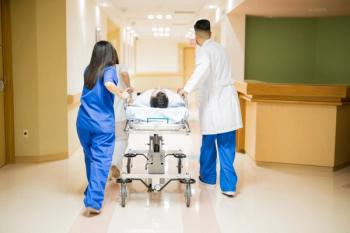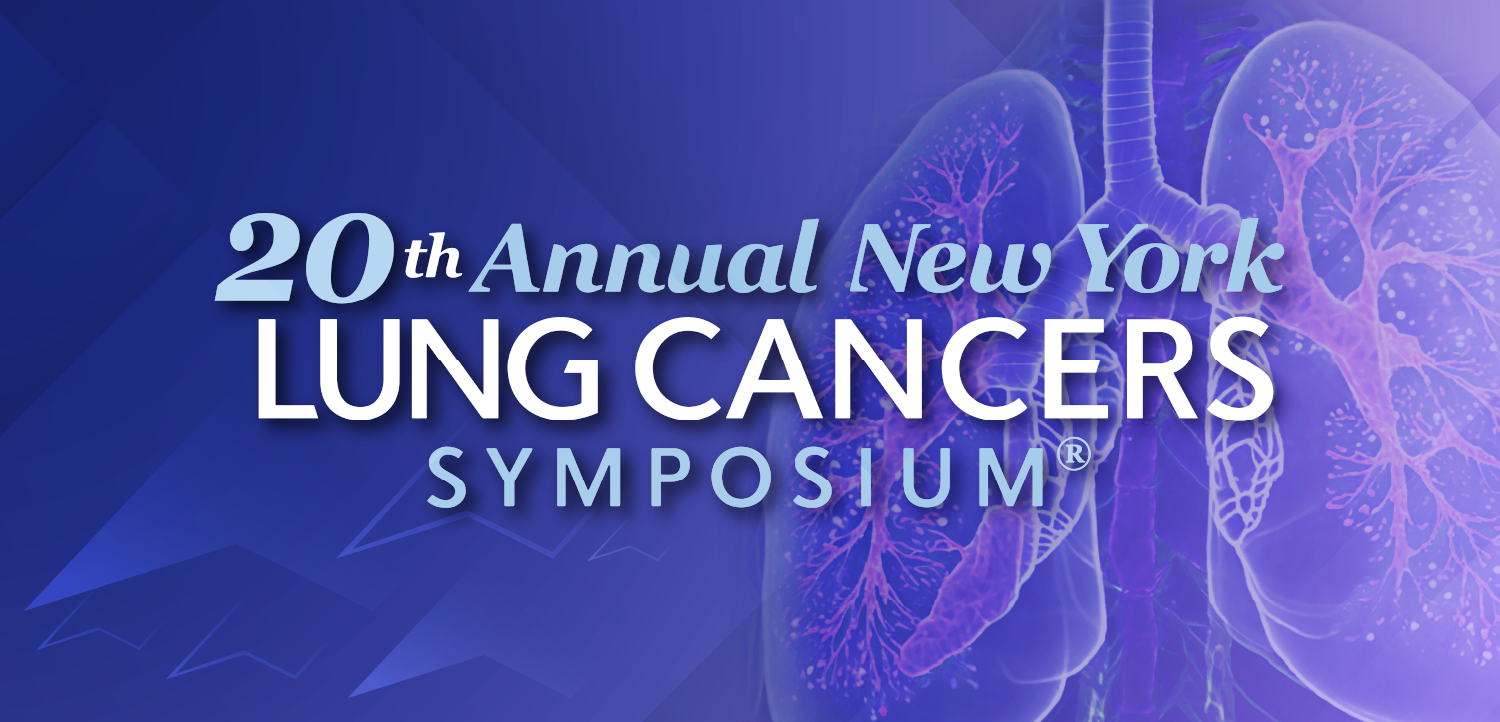
GLP-1 drugs and those who take them | Explainer
More Americans are turning to these drugs to lose weight, and a new RAND report sheds light on the patients using the medication.
GLP-1 drugs haven’t been around for all that long, but they have proven to be very popular with Americans struggling with their weight.
Nearly 12% of Americans have taken GLP-1 drugs for weight loss, according to
Here’s a quick rundown on Americans using GLP-1. (For leaders who are also readers, there’s more below the video.)
The drugs are proving to be especially popular with women. Nationwide, one in five women (20%) between the ages of 50 and 64 have tried GLP-1 drugs. Meanwhile, 16.8% of men between 50 and 64 have used the drugs. Overall, 18.5% of Americans between 50 and 64 have tried GLP-1 drugs.
Women between the ages of 30 and 49 were more likely to have used GLP-1 drugs, though they are less popular with younger Americans. According to the RAND survey, 15% of women between the ages of 30 and 49 have used a GLP-1 drug, compared to 7.2% of men. Overall, 11.2% of those between 30 and 49 have used the drugs.
Among those over the age of 65, men are just a bit more likely to have used the drugs. The survey found 13.5% of men over the age of 65 have taken GLP-1 drugs, compared to 12.8% percent of women.
It’s worth noting that many Americans say they aren’t on board. About 74% of those surveyed say they do not plan to take GLP-1 drugs.
A good number of those who have taken GLP-1 drugs say they have had some side effects, specifically with the GI system. A little more than half (52%) have reported nausea, while about just over a third (34.3%) say they have had diarrhea. Just about one in five (19.8%) said they have had some vomiting.
Most of those who said they had symptoms described them as mild. But about nearly 9% said they had serious nausea, while 7.5% said they had serious levels of diarrhea.
(This is one in a series of short videos and summaries designed to offer quick insights on healthcare topics.)

















































